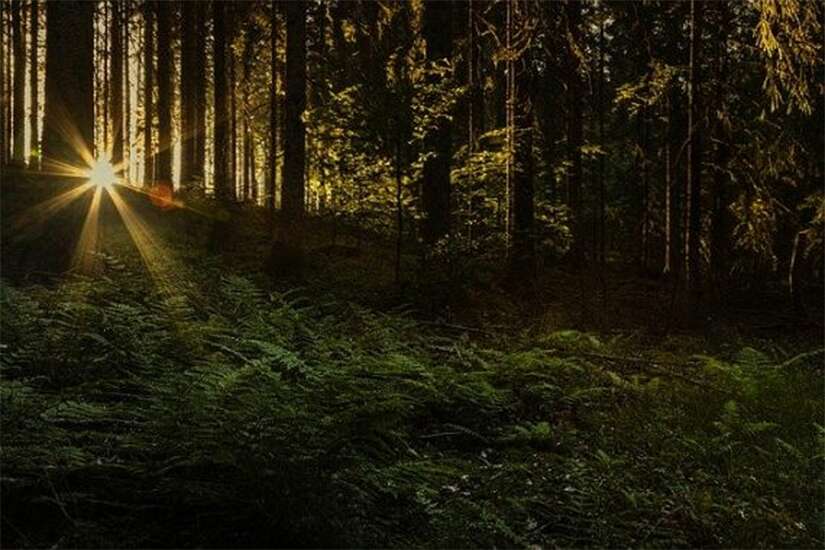How do you lose a fortified city covering 75 acres, protected by a double row of ramparts and 20-feet-high stone walls … especially when it’s a capital city? That’s just one of the many questions archeologists have after uncovering a veritable treasure trove of weapons, jewelry, chariot parts and other artifacts that some are calling one of the richest metal deposits sites from the Bronze Age ever discovered in Europe.
“We found four deposits, three vases and a deposit on the ground, containing a lot of jewelry, tools, weapons. Finding deposits dating from this period is not common. Four is extremely rare. Searching them completely is a first in France.”
Pierre-Yves Milcent, teacher-researcher at the University of Toulouse in France, tells La Parisien of the discovery of 3,000-year-old artifacts buried just 1.3 feet (40 cm) deep near Gannat, an ancient city and archeological site in central France known for its abundance of 23-million-year-old animal fossils from the end of the Oligocene and start of the Miocene Ages. (Photos of the artifacts here.) Occupied by humans for 800,000, Milcent and his team have been digging at the site for more recent artifacts from the final Bronze Age to the Second Iron Age. Unfortunately, they were not the first to find the lost city.
“We intervened on this site because there was looting by people, equipped with metal detectors, who then resell their loot on the Internet where there is a whole parallel market.”

Fortunately, the archaeologists were able to take over the site before much could be looted and were thrilled to find the artifacts to be in such organized abundance and excellent condition. As reported by France Info, one large contained a layer of women’s or children’s jewelry under a layer of sharp tools and weapons (knives, sickles, spear points, etc.); another had the jewelry under decorative parts of chariots, horse equipment and wheels parts; both had bronze axes on the top of them. Milcent believes the careful placement means these were offerings to the divinities for protection of homes.
Obviously, the offerings, the ramparts (earthen barriers) and the 20-foot stone walls did not protect this mysterious city from being lost for 3,000 years. The researchers believe it was a major Celtic metropolis, probably the capital of the area, due to its location – it was on the Sioule river and on a north-south trade route following what are now the A71 and A75 motorways. Moreover, the area was rich in gold and tin for making the alloy that gives the age its name – bronze. The excitement surrounding this discovery is due to the sparsity of history about the period between 2200 and 800 BCE, especially of the Celtic societies. This is indeed a treasure trove from that period which will eventually but displayed at the Anne-de-Beaujeu Museum in Moulins. Perhaps there the identity of this Celtic city will be uncovered, along with how and why it was lost.
This is one of the few times when the looting of ancient sites was stopped before doing too much damage. Until laws are enforced to prosecute all parties involved in this crime, from the rich buyers to the brokers to the looters, it will sadly continue.
By Paul Seaburn
Mysterious Universe

